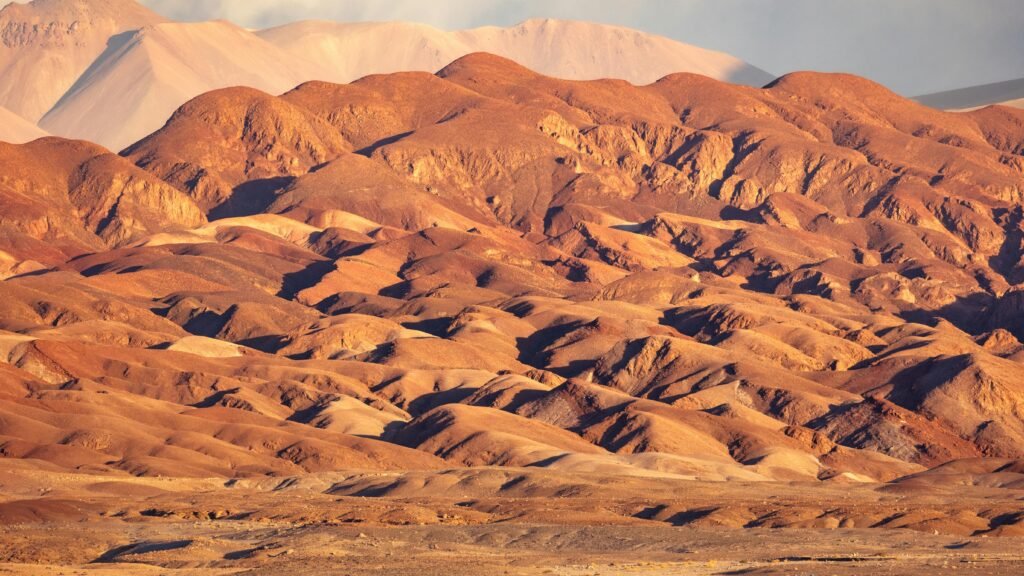What You Need to Know When Traveling to Mexico. What are the essential factors to consider when one is planning a trip to Mexico? This question may seem straightforward, but the answer requires a deep dive into various aspects that are crucial for ensuring a safe, enjoyable, and enriching experience. From understanding the historical context of Mexico to embracing current trends and practices, this comprehensive guide provides detailed insights. By breaking down key concepts and offering practical examples, one can navigate the complexities of traveling to Mexico with confidence.
Table of Contents
Overview
Mexico, a country rich in culture, history, and natural beauty, offers an array of experiences for travelers. Yet, like any travel destination, it presents unique challenges and requires careful preparation. This article outlines what travelers need to know, from practical travel tips to understanding socio-cultural nuances. Such knowledge not only enhances the travel experience but also ensures safety and respect for local customs and traditions.
Thesis Statement
Traveling to Mexico requires a thorough understanding of its intricate cultural landscape, practical travel strategies, and current socio-economic trends. This article aims to provide evidence-based insights and actionable tips, ensuring that travelers are well-prepared for their journey. By delving into these aspects, readers will find an authoritative and comprehensive resource for planning their trip to Mexico.

This image is property of images.pexels.com.
Historical Context
Ancient Civilizations
Mexico’s history is replete with the legacies of ancient civilizations, such as the Aztecs and Mayans. These civilizations left behind numerous archaeological sites, like Teotihuacan and Chichen Itza, which are UNESCO World Heritage Sites. Understanding this historical richness is crucial, as it forms the backdrop against which contemporary Mexico is set.
Colonial Period
The Spanish colonization period profoundly impacted Mexican culture, architecture, and societal structure. Key cities such as Mexico City, Guadalajara, and Puebla still exhibit colonial-era architecture, blending seamlessly with modern developments.
Current Trends
Tourism Growth
In recent years, Mexico has seen a surge in tourism, thanks to improved infrastructure and marketing efforts. Popular destinations such as Cancun, Tulum, and Mexico City have become accessible, drawing millions of tourists annually.
Ecotourism
Another emerging trend is ecotourism. Locations such as Oaxaca, Yucatan, and Chiapas are investing in sustainable tourism practices, attracting travelers interested in exploring Mexico’s natural beauty while minimizing environmental impact.

This image is property of images.pexels.com.
Key Concepts and Definitions
Travel Documentation
To enter Mexico, a tourist visa or tourist card (FMM) is required for some nationalities. It’s imperative to check the visa requirements based on one’s nationality and ensure that all travel documents are valid and up-to-date.
Safety Considerations
Safety is a paramount concern. Travelers should stay updated on the travel advisories issued by their home country’s government. The U.S. Department of State, for example, provides comprehensive travel advisories and safety tips for Mexico.
Cultural Sensitivity
Understanding and respecting local customs is crucial. For instance, traditional festivals such as Día de los Muertos (Day of the Dead) hold significant cultural importance. Participating respectfully in these events enhances the travel experience and fosters positive interactions with locals.
Practical Travel Tips
Health Precautions
It’s recommended to consult a healthcare provider before traveling, to ensure vaccinations and medications are up to date. Common precautions include preventing mosquito-borne diseases and being cautious with food and water to avoid travel-related illnesses.
Currency and Money Matters
The Mexican Peso (MXN) is the local currency. While credit cards are widely accepted in urban areas, it’s advisable to carry cash for transactions in rural locations. Currency exchange services are readily available at airports and banks.
Communication and Language
Spanish is the official language of Mexico. While English is spoken in tourist-heavy areas, it’s useful to learn basic Spanish phrases. Communication becomes smoother and positively impacts social interactions.

This image is property of images.pexels.com.
Example 1: Navigating Mexico City
Transportation
Mexico City’s public transportation system is extensive, including metros, buses, and taxis. The metro is an affordable and efficient way to navigate the city, although it can become crowded during peak hours. For safety and convenience, using authorized taxi services or ride-sharing apps like Uber is recommended.
Points of Interest
From the historic Zocalo to the vibrant neighborhoods of Roma and Condesa, Mexico City offers diverse experiences. The National Museum of Anthropology provides a deep dive into Mexico’s pre-Columbian heritage, while Chapultepec Park offers a green retreat in the city’s heart.
Safety Measures
Petty crime such as pickpocketing can occur, especially in crowded areas. Travelers should remain vigilant, avoid displaying valuable items, and use hotel safes to store important documents and belongings.
Example 2: Beach Destinations—Cancun and Tulum
Cancun
Cancun is renowned for its luxurious resorts and vibrant nightlife. The hotel zone, with its array of beachfront properties, is a popular choice for tourists. Water activities such as snorkeling, diving, and jet-skiing are readily available.
Tulum
In contrast, Tulum offers a more laid-back and eco-friendly experience. The town is known for its well-preserved Mayan ruins overlooking the Caribbean Sea. Sustainable tourism practices are in place, with numerous eco-lodges and organic eateries promoting responsible travel.
Environmental Considerations
Both destinations have initiatives aimed at protecting marine life and reducing plastic waste. Participating in eco-friendly tours and adhering to local conservation efforts ensures that travelers contribute positively to these regions.

Comparing Different Perspectives
Urban vs. Rural Experience
| Aspect | Urban Mexico (e.g., Mexico City) | Rural Mexico (e.g., Chiapas) |
|---|---|---|
| Infrastructure | Advanced, with extensive public transport | Basic, with limited connectivity |
| Tourist Facilities | High, with numerous hotels, restaurants | Moderate to low, with fewer options |
| Cultural Exposure | High, with museums and events | Authentic, with indigenous culture |
| Safety Considerations | High vigilance, especially for petty crime | Moderate, with more community safety |
| Environmental Impact | High, with urban pollution | Low, with emphasis on eco-tourism |
Urban areas offer advanced infrastructure and diverse cultural experiences but may require higher vigilance regarding safety. Conversely, rural areas provide richer cultural exposures and lower environmental impact but come with fewer conveniences.
Impact Assessment
Socio-Economic Impact
Tourism significantly contributes to Mexico’s economy, creating jobs and fostering infrastructure development. However, it’s essential to recognize and mitigate any negative impacts on local communities and environments.
Cultural Preservation
While tourism can lead to cultural dilution, it also provides opportunities for cultural exchange and preservation. Responsible tourism practices ensure that cultural heritage is maintained and respected.
Environmental Sustainability
With the rise in ecotourism, efforts towards environmental sustainability have intensified. Tourists are encouraged to reduce their carbon footprint and engage in activities that support conservation efforts.

Future Directions and Implications
Predictions
The growth of digital nomadism may position Mexico as a favored destination for long-term travelers, given its affordable living costs and favorable visa policies. Cities like Playa del Carmen and Puerto Vallarta are emerging as digital nomad hubs.
Technological Advancements
Technological advancements in travel, such as contactless payments and virtual tours, are expected to enhance the travel experience. Adapting to these changes will be crucial for both travelers and service providers.
Investment in Infrastructure
Continued investment in infrastructure, especially in rural and eco-friendly tourism, will likely attract a more diverse group of travelers. This, in turn, could lead to a more balanced economic development across the country.
Conclusion
In summary, traveling to Mexico requires a nuanced understanding of its cultural, historical, and socio-economic landscape. This guide has provided a detailed overview, broken down into manageable subtopics to ensure comprehensibility. With a thorough preparation encompassing health precautions, safety tips, and cultural sensitivity, one’s travel experience in Mexico can be both enriching and enjoyable.
Travelers are encouraged to look up additional internal resources and official information to stay updated on travel advisories and local practices. What aspect of traveling to Mexico do you find most intriguing? Your thoughts could provide valuable insights for future travel planning.
Recommended products – 🏖️ A Beginner’s Guide to Galeria Plaza San Jeronimo
